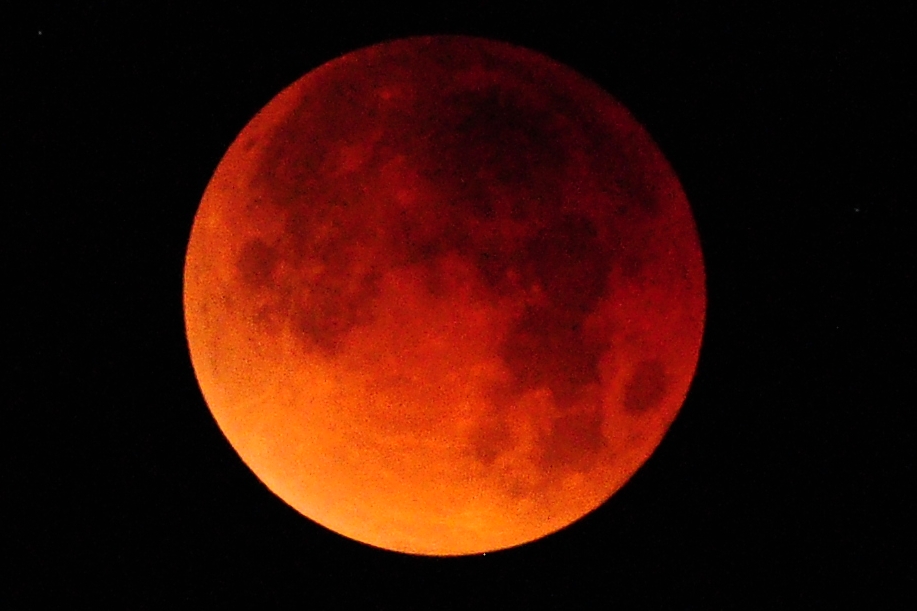
The longest total lunar eclipse of the 21st century occurs on July 27 – this is what you need to know.
A total lunar eclipse occurs when the entire Moon enters Earth’s shadow. The July 27 eclipse will last for 1 hour and 43 minutes, according to NASA.
The Moon will turn a red or ruddy-brown color during the “blood moon eclipse,” Space.com reports.
Skywatchers in the U.S., however, will not be able to enjoy the rare event, unless they are willing to travel. The eclipse will be mainly visible in Europe, Africa, Asia and Australasia, as well as some parts of South America.
“For an especially long-lasting total lunar eclipse of 1 hour and 43 minutes to occur, the moon has to pass through the central part of the Earth’s shadow,” explains EarthSky. “The previous total lunar eclipse on January 31, 2018, didn’t last as long (1 hour and 16 minutes) because the moon passed to the south of shadow’s center; and the next total lunar eclipse on January 21, 2019, won’t be as long either (1 hour and 2 minutes) because it’ll pass to the north of the shadow’s center.”
EarthSky notes that the longest possible lunar eclipse is 1 hour and 47 minutes. The longest total lunar eclipse of the last century was on July 16, 2000 and lasted for 1 hour and 46.4 minutes, according to EarthSky.
July will also see Mars make a close approach, reaching the point in its orbit when it is closest to Earth. The Red Planet will make its close approach on July 31 at a distance of about 35.8 million miles, according to NASA.
Mars, however, will appear brightest from July 27 to July 30, the space agency says.

